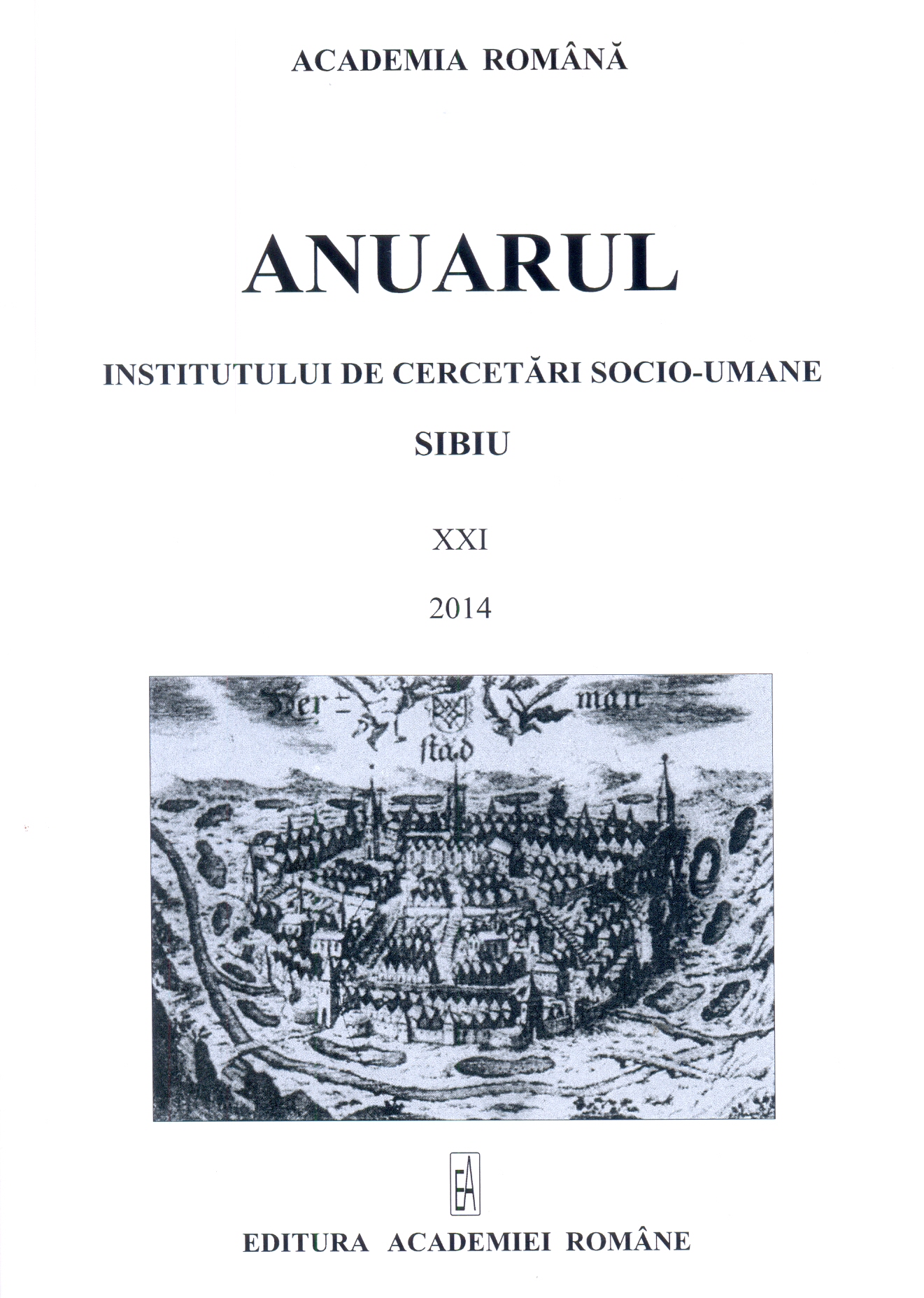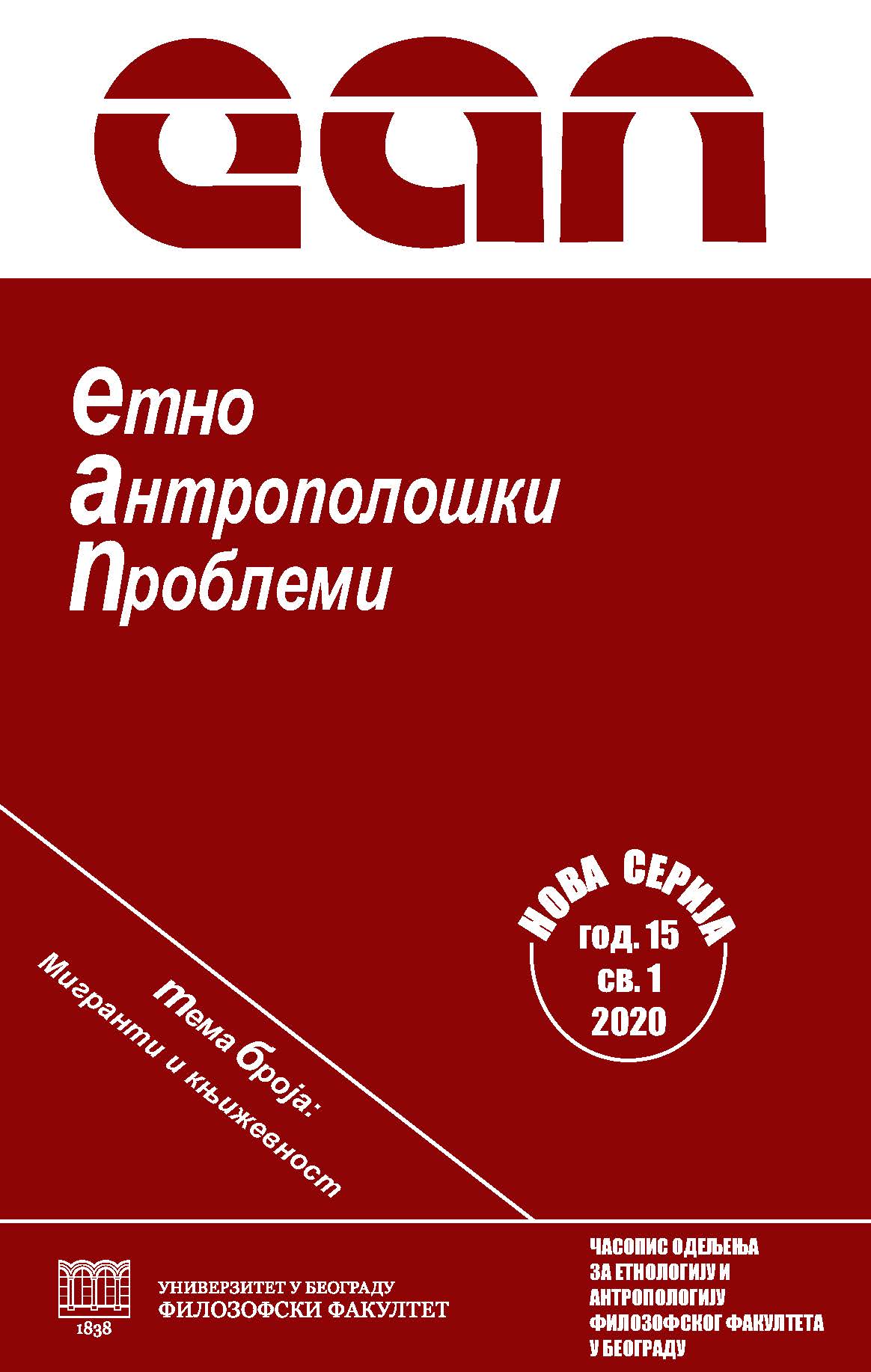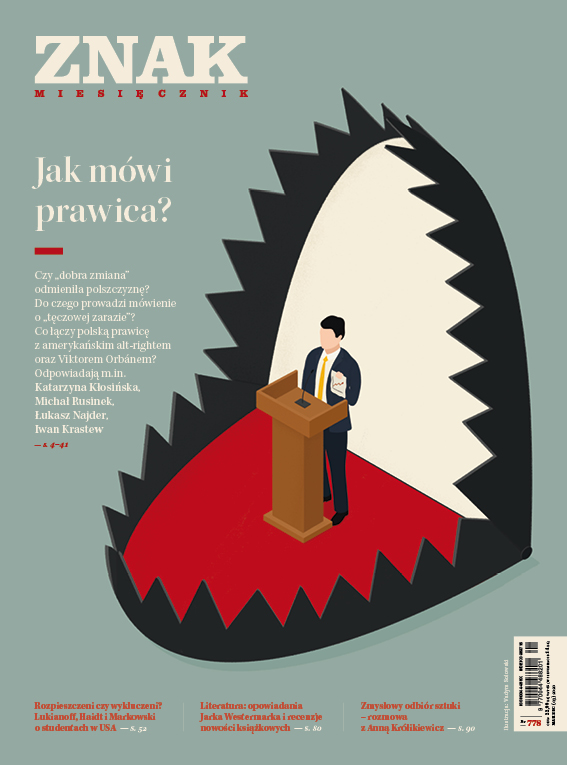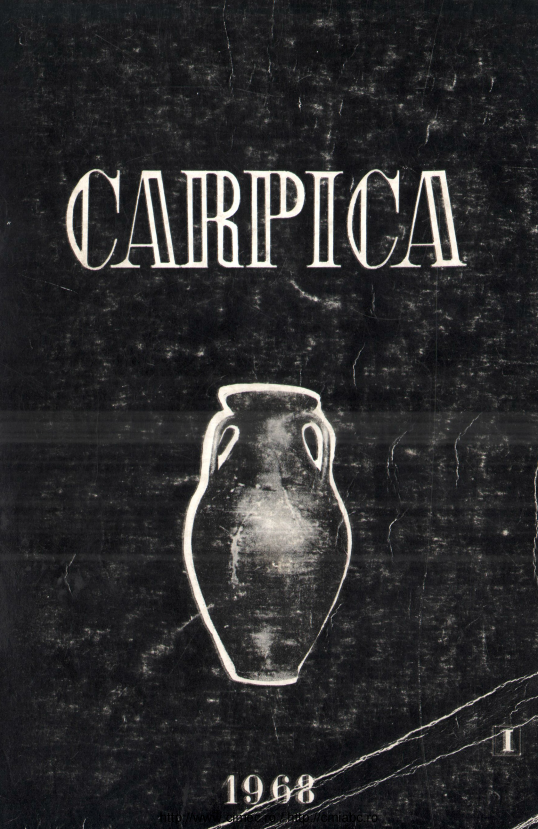Juozas Zikaras: remarkos
After celebration of the 100th anniversary of the Republic of Lithuania and turning back to the field of reflection of Lithuanian art, one can enjoy mature publications by art historians and the exposure of various stages and aspects of art life. However, one gap is noticeable: the creative heritage of individual artists is too little publicised and investigated. The article aims to activate the scientific dialogue on the prospects of research into activities of sculptor Juozas Zikaras (1881–1944), the Lithuanian art “signatory” and the main creator of visual-artistic signs of the young Lithuanian State. This is why the fragments of his biography so far unknown are raised. For example, in the summer of 1912, J. Zikaras created decorations for the performance “Duke of Pilėnai”; in 1923, he was ill for a long time and visited Italy; and in 1940, when he was nearly sixty, he entered the Riflemen’s Union witnessing the impending threat of the Soviet Union to his country. Most importantly, remarks are presented about the most notable catalogue about artist Juozas Zikaras up to the present time (prepared in 2009 by the National M. K. Čiurlionis Museum as the main custodian of his creations, authors Miglė Banytė and Vaiva Laukaitienė). The list of sculptural works is completed, and the attributes, dates and history of some works are updated. An attempt is made to identify prominent individuals of the pre-war era in the sculptural portraits created by J. Zikaras: undoubtedly – Colonel Stepas Rusteika, supposedly – Jonas Bielinis, Jonas Yčas, Povilas Žadeikis or Petras Klimas. After all, an extensive gallery of sculptural images is not just a series of realised artistic orders but also an ideological expression of the sculptor’s position – the society should know and recognise its characters. The newly attributed works and the re¬vised dates established in the historiography allow us to say: we need a closer look at the artistic inheritance of the sculptor and to check the facts that became axioms. A more in-depth study of J. Zikaras’ creation and the spreading of art image and cultural relations during the past century in general would benefit from the summary of data about the circulation of author’s works, replicas and the change of owners of his works. On the other hand, in order to open the artistic creation as a whole, it is necessary to supplement the catalogue of his works with the surviving ones (there are sculptures in Lithuania that are not included in the catalogue, and the situation with works that are taken abroad is not known at all) as well as works considered lost.
More...













